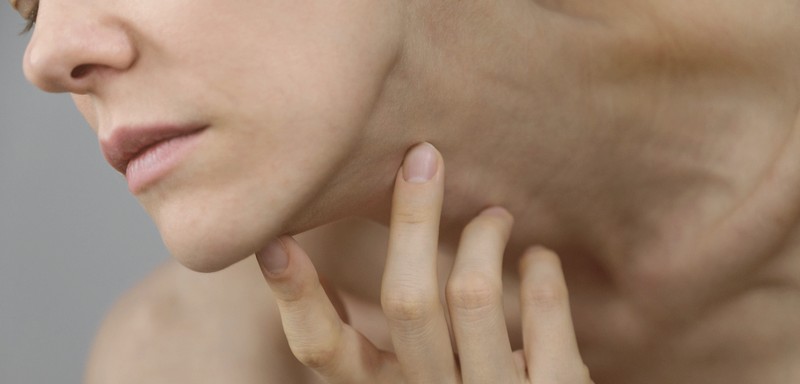

Peach Fuzz: Why It Happens & What To Do About It
Why Does Facial Hair Occur?
“Men naturally have more facial hair than women due to stimulated hormones. But many women can still develop excess facial – and even body – hair as they age due to less oestrogen and their own increasing levels of testosterone pre-and post-menopause. This can (but not always) cause women to grow hair in places where men do – think the upper lip, chin, chest and back. However, some of us are more genetically prone to peach fuzz; it all depends on your DNA and colouring. Either way, it’s important not to feel embarrassed or ashamed. Remember, women aren’t born hair-free.”
Know The Best Treatment Options
“Luckily, there is an abundance of options when it comes to facial hair removal, with some better than others. If you’re suffering from excessive hair growth on the face, professional laser removal or electrolysis is recommended. The latter is ideal for those with a smaller area of stubborn hair, as it tackles each follicle on an individual basis. Though it’s a longer and more delicate method, it’s incredibly thorough, thanks to a metal probe and electrical current that causes a chemical reaction and kills hair immediately. As for laser hair removal, this uses an intense beam of light which selectively destroys the hair follicles right from the root, so long-term results are almost guaranteed, no matter your age.”
Prepare For The Long-Haul
“It’s worth noting that facial hair removal takes time when done with a laser or through electrolysis. You’re looking at roughly eight sessions to gain 80% reduction in growth. It’s also worth knowing that laser works best on darker hairs, while electrolysis is best suited to those with grey or white hair. Different from laser, electrolysis uses a tiny probe to kill the cells from inside your hair follicle by emitting heat. You may need top-up sessions, but this should be enough to get you much smoother, long-term results. It’s a process, but a worthy one, if facial hair is deeply affecting your confidence. Despite the number of sessions, you can often get bulk treatments for less money, so it’s worth doing your research.”
Be Careful With Sensitive Skin
“Not all skin types can handle the abrasive power of lasers. If you suffer with severe sensitivity but want to pursue facial hair removal, try sugaring. It’s a far better option for skin than waxing because the gentle solution has a higher affinity for the hair, not the skin, so it’s less painful. However, your facial hair needs to be at least ¼ inch long, but the good news is that it doesn’t need to be super dark – you can try this method and have successful results on fair and grey hairs. You can either buy the home product kits or visit Sugaring.London. Always be sure to do a small patch test before sugaring or waxing yourself.”
Don’t Let Pain Put You Off
“As we age, we tend to avoid laser hair removal or electrolysis on the face for fear of pain, but you needn’t let that put you off. There can be some mild discomfort during laser hair removal; however, this tends to feel like an elastic band being pinged gently against the skin. You’ll also have a cool air system blowing alongside the laser throughout, so any discomfort is eased quickly. In fact, many people claim both processes are less painful and faster than any waxing treatment.”
Always Do Your Research Thoroughly
“To minimise facial scarring and any risk of damage to your skin, it’s essential to do your research and choose a reputable clinic with qualified practitioners. At our Pulse Light Clinic, we use the Gentle Max Pro by Syneron Candela which targets all skin types safely and effectively with zero scarring or pigmentation – an issue that many who are older are often concerned about. It’s also key that anyone you visit carries out patch tests and informs you on how to keep the area protected from the sun and tanning. Carrying out these measures will keep the risk of scarring low.”
Never Use A Razor Yourself
“Many people think it’s okay to shave the odd facial hair, but this should be avoided at all costs. With shaving, the hair will usually grow back darker and thicker – unlike laser hair removal – and, yes, that’s the case even with grey hair which will come back coarser. Other risks with razors are ingrown hairs, razor burn and, if you’re not a dab-hand, you can inadvertently razor off some skin cells which can lead to scarring. The only time it’s ever appropriate to use one is 24 hours prior to laser hair removal. This is because the laser targets the hair bulb and pigment, preventing any darkening or thickening hair regrowing, but even that should be left to the pros. The same goes for tweezing – if you overdo it, you have an increased risk of infection, scarring and red bumps.”
Avoid Hair Removal Creams
“These are often seen as an easy option, but they come with some red flags. The skin is the largest organ of the body and it has a high absorbency capability. Hair is composed of a tough protein tissue called keratin, but if a removal cream is able to dissolve through these bonds, what type of chemicals break down in the body beneath the skin after they’ve absorbed? It’s certainly worth considering before you apply any jelly-like substance haphazardly. What’s more, hair removal creams often contain alcohol, which will result in dry, flaking skin post-use.”
Finally, What Are The DIY Options?
Dr David Jack, aesthetic doctor, shares his advice:
“There is one DIY option that suits all – dermaplaning. While hair removal should be left to the pros, this new method is relatively risk-free. By gently scraping away the top layers of skin, the technique brightens the complexion by clearing away dead skin cells and hair debris – called fine vellus hairs or peach fuzz. This is what gives you that baby smooth finish afterwards. It can be done from home, but an in-clinic professional will use a surgical-blade scalpel as part of a wider treatment – which is probably to be advised if you want longer-term results.
“You won’t just get less peach fuzz; you’ll also have improved skin texture with dermaplaning. By removing these dull upper layers of the skin, a fresher and more youthful-looking complexion shines through, and make-up sits on top much more seamlessly. Sometimes, the excess hair can make women quite self-conscious, particularly if it’s darker and spans most of the lower cheek. So this is a great and relatively non-invasive option.”
4 Of The Best Places To Visit For Facial Hair Removal
Sk:n Clinics, various locations, SknClinics.co.uk
Pulse Light Clinic, Tottenham Court Road, London W1, PulseLightClinic.co.uk
London Premier Laser Clinic, various locations, LondonPremierLaser.co.uk
The Harley Medical Group, various locations, HarleyMedical.co.uk
Dermaplaning Kits We Rate...
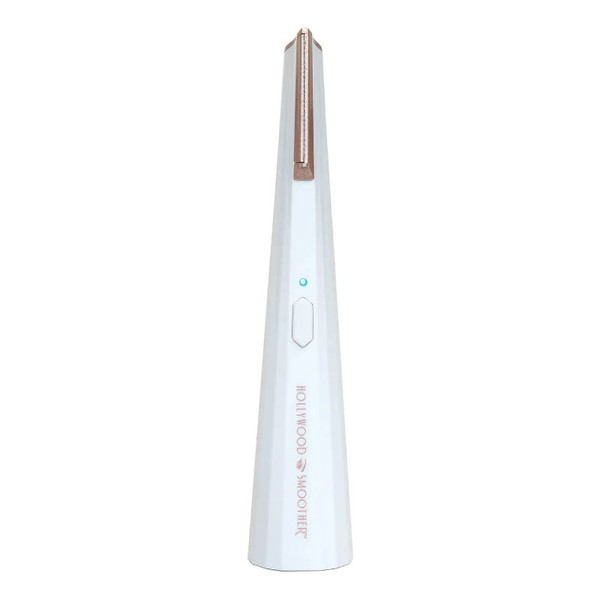
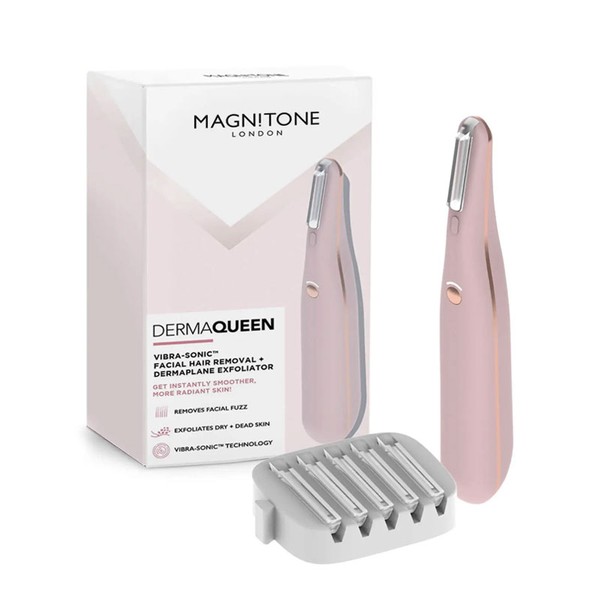
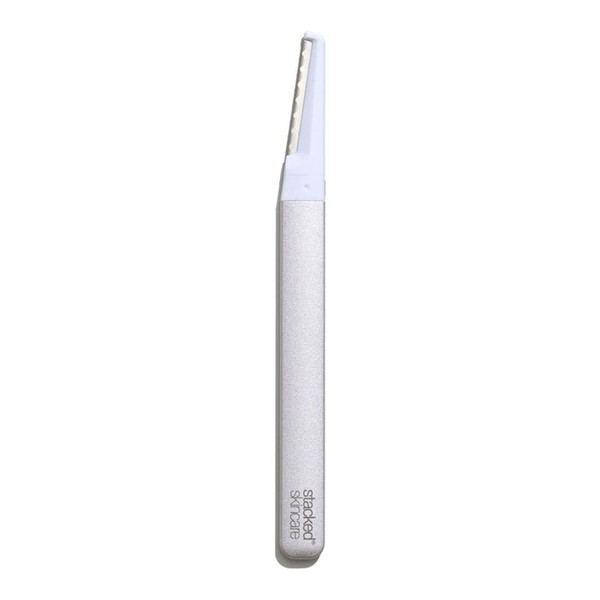
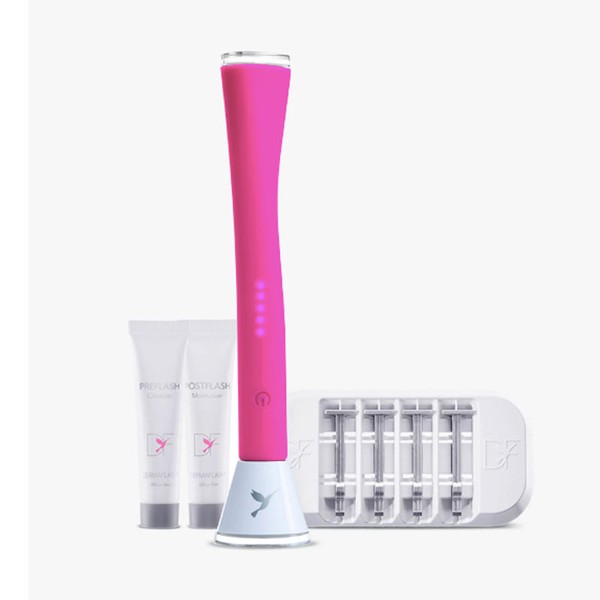
DISCLAIMER: Features published by SheerLuxe are not intended to treat, diagnose, cure or prevent any disease. Always seek the advice of your GP or another qualified healthcare provider for any questions you have regarding a medical condition, and before undertaking any diet, exercise or other health-related programme.
DISCLAIMER: We endeavour to always credit the correct original source of every image we use. If you think a credit may be incorrect, please contact us at info@sheerluxe.com.

